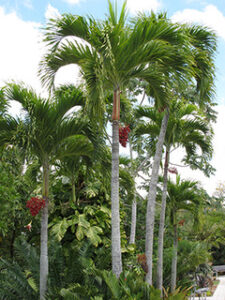Painting in Paradise

They call themselves plein air (i.e., outdoor) painters, a term that came into prominence during the early decades of the 20th century. It referred to the Impressionist painters who worked outdoors in order to capture the light and color that was a key element in their philosophy.
About a year ago, we got a request from the group to have their members come to Paradise Palms every week or two and spend a few hours painting any of hundreds of possible scenes the 20 acres of gardens provide. We agreed, and they’ve been doing it ever since.
On Friday, Jan. 6, the Cornell Museum in Delray Beach opened a two-month exhibition of the paintings and drawings they have produced during their visits to Paradise Palms. Click here for a story about the exhibit from the current issue of Outdoor Painter.
And click here to watch a video of their work.










